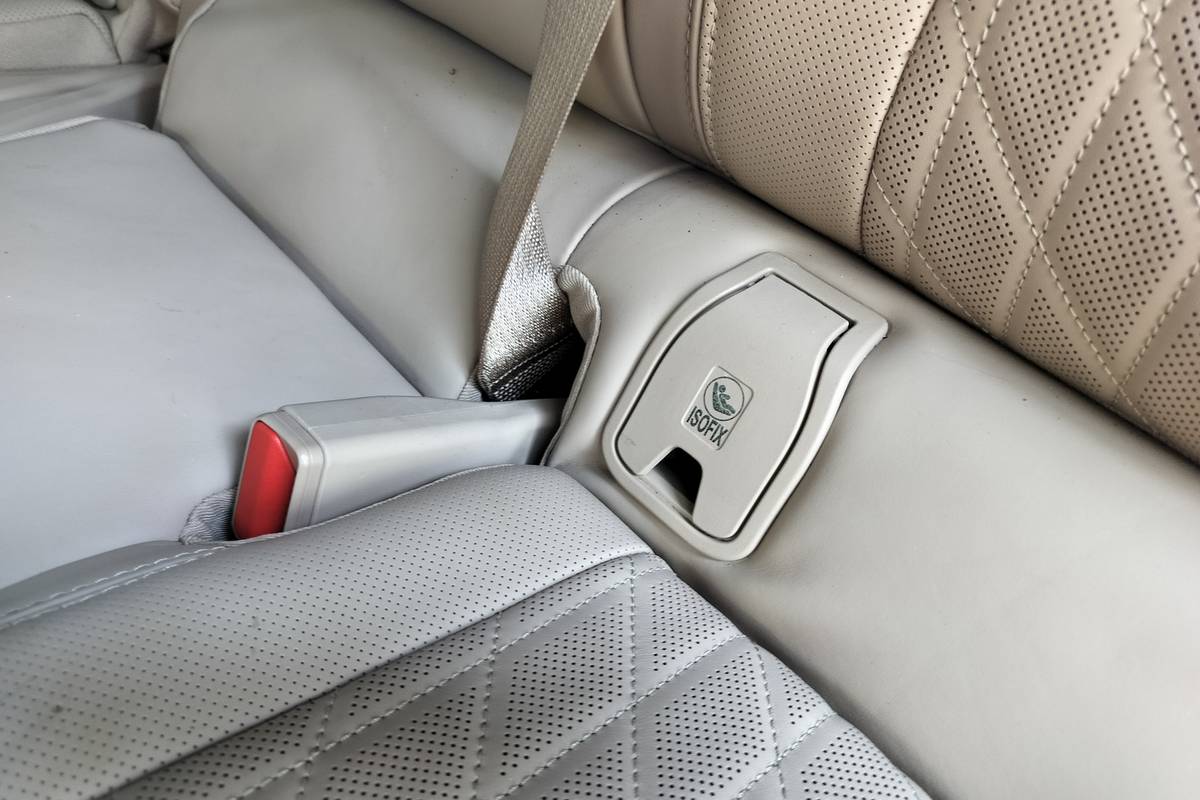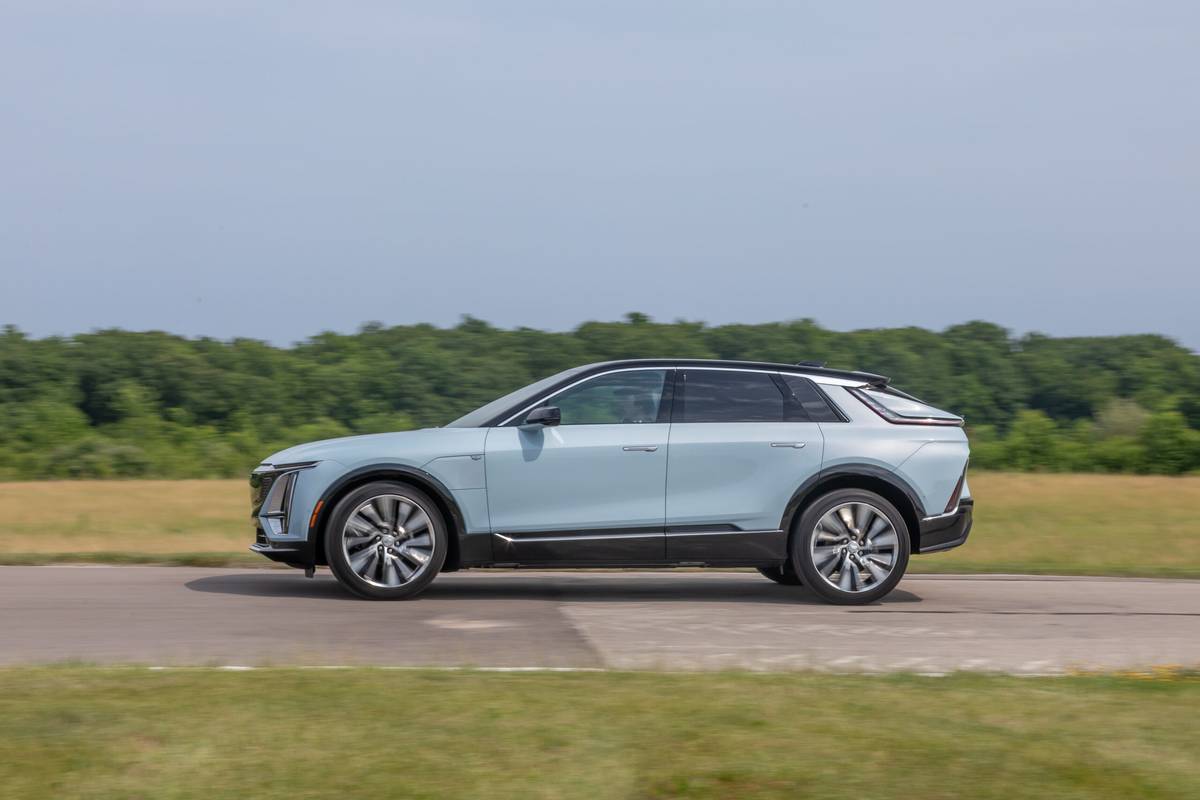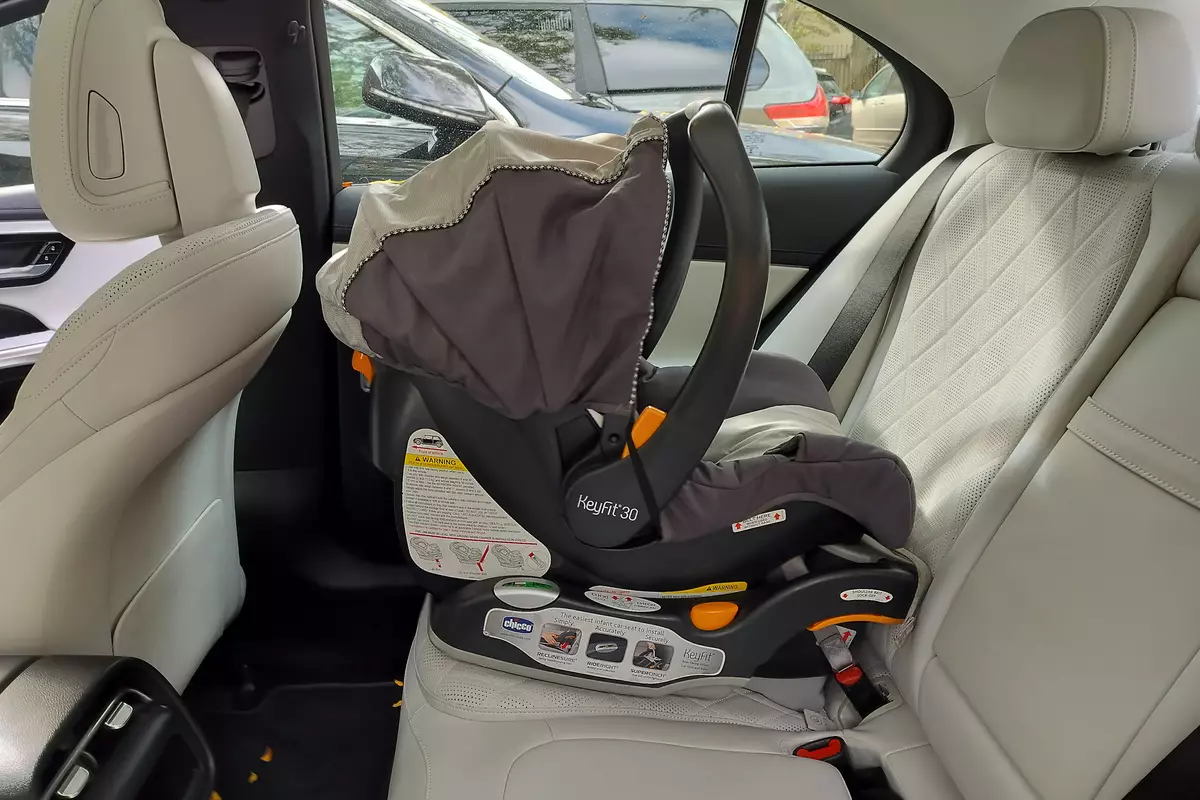chicagotribune.com's view
Always the understudy, never the star.
Always the bridesmaid, never . . . well, you know how it goes.
Auto aficionados went wild in anticipation of the new Ford Thunderbird SC, or Super Coupe, for 1989, the newly styled, supercharged, midsize model from the Ford division. The car almost had a cult following before the first one arrived in a showroom.
The Mercury Cougar XR-7 is the Thunderbird SC`s fraternal twin. The XR-7 shares with the celebrity Thunderbird a supercharged, 210-horsepower, V-6 engine. Only noses and domes keep the two from being identical twins. Yet no one seemed to lose any sleep over the Cougar XR-7.
Having run the Super Coupe (Cartalk, Feb. 6) through its paces, we turned to the Cougar XR-7.
As any parent of twins quickly learns, each twin has a separate character and identity, which is a nice way of saying each has his own peculiarities. So, too, with Thunderbird and Cougar.
It was fitting that the SC we drove was equipped with a 5-speed manual transmission, supposedly the logical choice for a performance car. The Cougar came with an automatic, a $515 option. The 5-speed is standard in either; the automatic is an option in both.
With automatic, the V-6 acts like a V-8 but is still a bit tamer than with the 5-speed. With automatic, you lose about a second in a 0 to 60 m.p.h. run, but you don`t have to experience the drudgery of depressing the clutch and moving the lever 87 times a mile in bumper-to-bumper rush-hour traffic.
With the supercharged engine, you will still lead the pack away from the light with automatic-and do so quietly. The supercharger doesn`t have the typical turbo whistle or lag time between depressing the accelerator and starting to spring.
Yet, we can`t help but feel that most Cougar owners would prefer a non supercharged V-8. Instead of doctoring a V-6 to act like a V-8, why not just come up with a V-8? Patience. Ford just might put a 5-liter V-8 under the hood inthe near future, though not in 1989. And a 4.6-liter V-8 is possible by 1991. For now, accept a boost to the V-6.
The Cougar feels luxurious; the Thunderbird feels more sporty. Unlike in the SC, when behind the wheel of the Cougar you don`t feel the need to race from every light and start the stopwatch every time you move from first gear.
Cougar owners want the power to merge and change lanes and move down the expressway without any hesitation or need to apologize to the couple in the back seat that your $20,000 machine is a few horsepower in arrears. Cougar owners want power in reserve when the demand arises, not the demand for power every time a challenger gets too close.
The XR-7, like the SC, has a dual suspension setting that allows you to push a button for firm or soft ride and handling. In firm, you make snappy lane changes and short, crisp turns. You pay the price in road harshness transmitted through the whe el and seat. Push the soft setting and you make a slightly wider turn and little more rounded corner, but you have virtually no road irritation coming back to haunt you.
The dual suspension is offered only in the XR-7 and not the base LS. Ross Roberts, Lincoln-Mercury general manager, said the dual suspension is so noticeably superior that it eventually may be offered in the LS.
Japanese luxury cars often offer a push-button, dual-mode suspension. Regardless of the button you push, ride and handling usually feel the same. With the XR-7, the difference is pronounced. Kudos to the Ford engineering team. The XR-7 has very good road manners and very good road holding ability.
The XR-7 also has antilock brakes (ABS) as standard, which means you are assured of stopping in a straight line quickly, regardless of road surface.
With the suspension system, ABS brakes, roomy interior and stylish exterior, you wonder how vital the supercharger is to the C ugar`s success.
Roberts told us the Ford division is counting on 25 percent of all Thunderbird sales to be Super Coupes, while Lincoln-Mercury expects only 8 to 10 percent to opt for the supercharged XR-7.
For 1989, Cougar has been restyled, and the dimensions have undergone a dramatic change.
As we said earlier, the XR-7 is a fraternal twin to the T-Bird. Whereas the Bird has no grille, Cougar sports a laid-back vertical bar unit housed between flush-mounted headlamps. A solid wraparound light bar, without grille, would look better, but that would look too much like a Sable.
Thunderbird has a slanted roof line; Cougar has a formal, standup roof treatment. Unlike in 1988, Cougar`s roof line is extended back a bit further and doesn`t have the chopped-off look. In doing so, Cougar came up with greater rear-seat head room than Thunderbird.
The Cougar wheelbase has been extended by 9 inches, to 113 inches, while length has been reduced 2 inches, to 198.7 inches. You sit further from the axles in this rear-wheel-drive car, to ensure a more comfortable ride.
If blindfolded, you couldn`t tell the interior of the Cougar from the Thunderbird.
Standard equipment includes power brakes and speed-sensitive power steering (the slower you go, the greater the power assist), tinted glass, air conditioning, side-window defoggers, four-wheel independent suspension and AM- FM stereo with digital clock.
Base price is $19,650. For the non supercharged LS, the base is $15,448.
>> 1989 Cougar RX-7 Wheelbase: 113 inches Length: 198.7 inches Engine: 3.8 liter, 210 h.p., supercharged V-6 Transmission: 5-speed manual; 4-speed automatic Fuel economy: 17/24 manual; 18/23 automatic Base price: $19,650 Strong points: Suspension, styling, ABS Weak point: T-Bird understudy >>
Latest news



